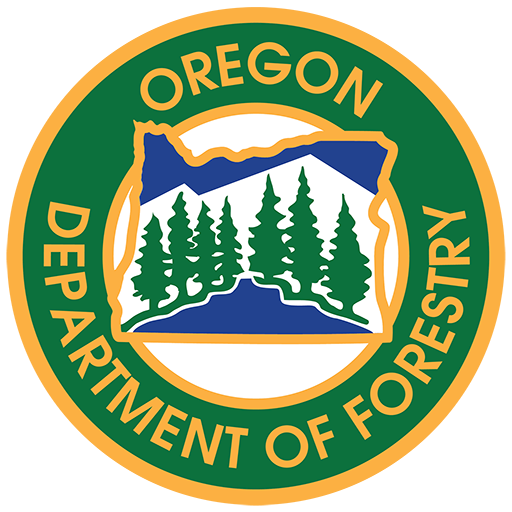Ritter, Oregon…Folks in
Ritter are used to facing the challenges of living in remote Oregon and finding
unusual solutions. Back in 2014 that is
exactly what a group of landowners did, forming the Ritter Collaborative. The collaborative focuses on enhancing land
productivity and restoring the landscape.
Landowners formed the collaborative to improve the economics and
efficiencies for on the ground work.
This unique collaborative is made up entirely of private
landowners. Landowners vary from working
cattle operations, to residential homes, to recreational uses, with full time,
part time, and seasonal residents. The
landowner’s passion for the land, and the desire to use science to determine
projects across the landscape has united them.
Ritter are used to facing the challenges of living in remote Oregon and finding
unusual solutions. Back in 2014 that is
exactly what a group of landowners did, forming the Ritter Collaborative. The collaborative focuses on enhancing land
productivity and restoring the landscape.
Landowners formed the collaborative to improve the economics and
efficiencies for on the ground work.
This unique collaborative is made up entirely of private
landowners. Landowners vary from working
cattle operations, to residential homes, to recreational uses, with full time,
part time, and seasonal residents. The
landowner’s passion for the land, and the desire to use science to determine
projects across the landscape has united them.
 Oregon Department of Forestry’s (ODF) Committee for Family Forestlands
Oregon Department of Forestry’s (ODF) Committee for Family Forestlandssupported the collaborative early on with the hope of modeling similar projects
in other communities around the state.
ODF assisted the collaborative by helping landowners apply for grants,
and now serves as the fiscal agent for a Model Watershed Cooperative Grant from the US Forest Service
which provided funds to hire Curt Qual as the Ritter Collaborative Coordinator,
through Oregon State University Extension Service. As the coordinator Curt represents the Ritter
Collaborative at a larger scale in efforts such as the John Day Basin
Partnership which is part of the all lands approach being used on private and
public forestlands across Oregon and the Pacific Northwest. Qual also works with landowner members to
help them gather and interpret information and engage additional landowners
inside the collaborative area.
 The Ritter Collaborative has developed a Strategic Action Plan to help
The Ritter Collaborative has developed a Strategic Action Plan to helpmembers prioritize projects across the landscape. Landowners working cooperatively on projects
such as aspen restoration, juniper removal, noxious weed control, and
streamside enhancements are able to combine project work across landowners to
get a better price from the contractor.
The Strategic Action Plan is designed to be dynamic to adjust to changes
in the land.
Late this fall the collaborative partnered with ODF’s John Day Unit and Fossil
Sub-Unit. Firefighters from Fossil used
collaborative project work to gain experience using a chainsaw, focusing on
falling, limbing, and bucking trees. Experienced
firefighters were able to mentor firefighters who had limited experience using
a saw. Approximately 50 acres were
treated for five different landowners.
One project focused on aspen restoration, removing juniper which had
encroached and was competing with the aspen grove. The remaining work was part of larger juniper
removal projects to help landowners with their efforts. Firefighters were available to respond to
wildfires while they were working on the projects, but also gaining useful
skills. The Ritter Collaborative has
provided funds to ODF’s John Day foresters to collect GPS and photo site
monitoring to track the work as it occurs and to monitor the effects of the
projects over the landscape. This data
will be provided to the collaborative for use in adapting the Strategic Action
Plan.
Sub-Unit. Firefighters from Fossil used
collaborative project work to gain experience using a chainsaw, focusing on
falling, limbing, and bucking trees. Experienced
firefighters were able to mentor firefighters who had limited experience using
a saw. Approximately 50 acres were
treated for five different landowners.
One project focused on aspen restoration, removing juniper which had
encroached and was competing with the aspen grove. The remaining work was part of larger juniper
removal projects to help landowners with their efforts. Firefighters were available to respond to
wildfires while they were working on the projects, but also gaining useful
skills. The Ritter Collaborative has
provided funds to ODF’s John Day foresters to collect GPS and photo site
monitoring to track the work as it occurs and to monitor the effects of the
projects over the landscape. This data
will be provided to the collaborative for use in adapting the Strategic Action
Plan.
For more information on the Ritter Collaborative and the partnerships
they have developed contact Curt Qual, Ritter Collaborative Coordinator
(541)575-1139.
they have developed contact Curt Qual, Ritter Collaborative Coordinator
(541)575-1139.
